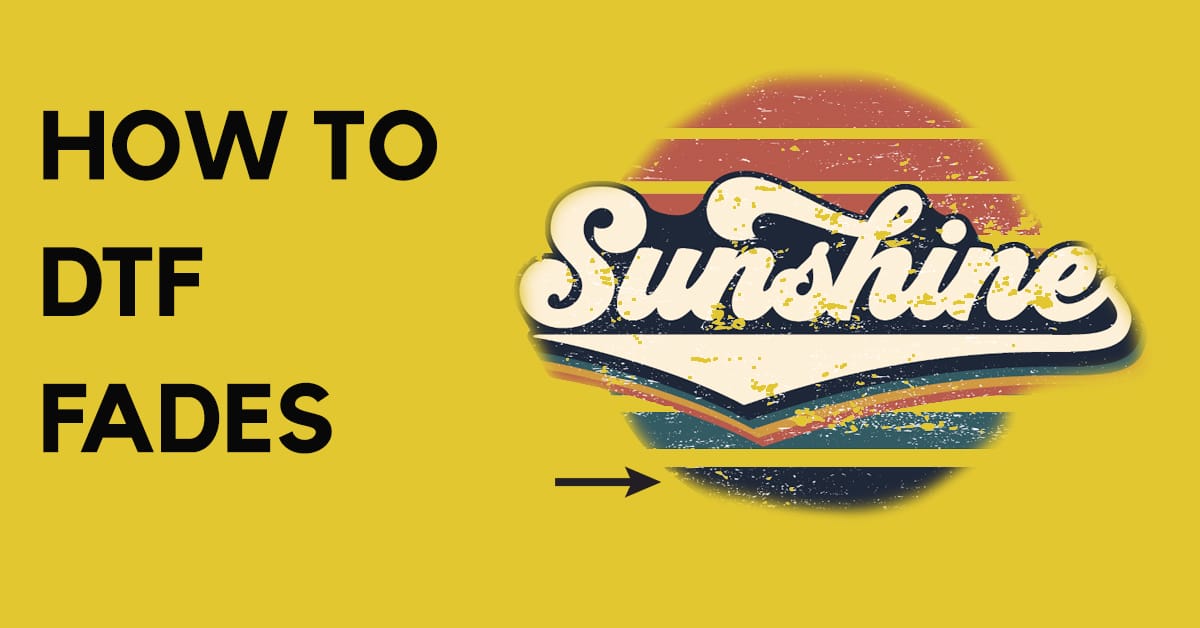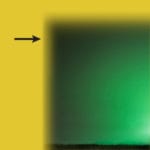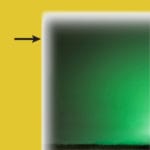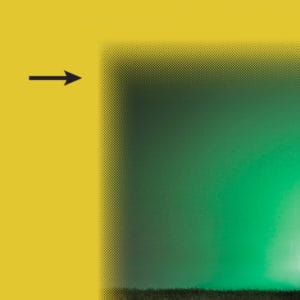What is a translucent print and why can’t you DTF it?

Translucent designs that fade in the shirt are cool. But why are they so complicated to print?
Well actually it is not complicated at all. It needs to be done with the right tools. It’s hard to screw a screw… with a hammer, but it’s so much easier with a screwdriver.
Same thing for printing, every design needs to be done with the right tools!
But because we are a transfers company, we will get into details about why translucent designs are hard to print using DTF technology and how it is possible to achieve a decent print. Spoiler alert: it starts with the correct artwork.
First lets start by explaining why a standard fading or soft edge cannot be printed using the DTF method.
For our example we will take this image.

If we go right away and print this design, it will look something like that. (on the shirt)

To be honest it is not cute at all. Here are the reason why it is happening.
- DTF cannot print translucent ink. There is ink or there is no ink. It cannot be semi transparent.
- All of the ink will be backed with powder. If you have a big fading, you will most likely have a splash of powder on the shirt.
- If you have a color fading with red, blue, yellow or any color ink, it will be backed with white. So your color fading will turn into a white with powder fading.
- Printing RIP software will exaggerate your fading x2 times. A small fade, will become bigger. It is not always as you see it on the monitor.
The solution to printing fades is: halftones.
What are they?
It is a technique to convert semi-transparent colors to spot color dots. It creates a visual effect of fading. Small dots grouped together will create an effect of solid color. The more distance there is between the dots, the more visible the fading effect will be.

The advantage of it is that the white underbase will back only the solid dots and not the whole area. It will look a lot more professional. Actually halftones are the way screen printers makes color blends and fades of an artwork.
Cool, but how we create halftones?
This post is not about creating halftones, but understanding the limits of a printing method and how to achieve a professional look.
Creating halftones requires some graphic designer skills in Photoshop or Illustrator. However, there are some automated plugins (actions) available for Photoshop to create your halftones with just one click. Feel free to google them, most likely a paid version 20$ will do the trick.
And if you are looking for some high quality DTF Transfers, feel free to order yours in seconds here.